Kratom is an incredibly versatile plant. There are as many combinations of varieties, strains, and vein colors as there are types of people using it. To make the taste more palatable for the user, people have mixed with black or green tea to mask the taste. There are also multiple ways of ingesting the plant.
In the USA, the toss and wash method, capsules or boiling a tea from dried leaf powder are probably the most popular methods. In Southeast Asia, chewing fresh leaves or using pounded fresh leaves to make tea are the most widely used methods.
In this article, we will be talking about using fresh leaves and how to make kratom tea and tricks to making kratom tea in general.
Tea Making Secrets
The first medicines in Chinese were served as soups and teas. The idea of medicinal teas long predates the use of tea drank for pleasure. One reason for this is the fact that tea offers a simple and effective dosage form for herbal medicines. When working in the medium of tea, you can add flavor enhancers to deal with the bitter taste as well as adding potentiators to the blend.
In some cases, ingredients may do double or triple duty. For instance, some folks like a lemony citrus kratom tea. The acidity of the lemon. Given that tea has been used as a pleasurable way to ingest medicinal and edible plants for millennia. As a result, there are numerous tea secrets you can apply for kratom and other healthy herbs.
One of the first tricks to making a kratom tea is temperature. As with many other herbal teas, it’s best to brew at just below boiling. At boiling, temperature or greater some of the active compounds in the plant can be broken down before you even ingest them. If you want to extract most of the active constituents a slow simmer at near but below boiling is best.
Be aware however that the longer you brew a tea, the more bitter it becomes, this is so with green tea, black tea, chamomile, and other herbal teas as well as kratom. It’s also advised that you not use extract powder. Near boiling water could destroy it and since extracts can be very expensive, this is highly cost-prohibitive.
A lot of it is up to personal preference as well, though. Some people prefer adding lemon or lime to enhance solubility and extraction of the alkaloids. Since mitragynine is highly fat-soluble though, some people have used coconut oil, MCT oil, or coconut milk to enhance absorption when you’re making your tea. There are even folks who have used a small amount of magnesium which is often used as a supplement with kratom to combat tolerance build-up or potential constipation.
Depending on your sensitivity you might want to start with just a couple grams or a teaspoon or so of kratom. If you’re used to tossing and washing method (just dumping the dry powder back and washing it down with some liquid) you may find a smaller amount is as or more effective. You are extracting the compounds into a liquid leaves to a faster onset and possibly stronger effects though the entire duration may be slightly shorter as a result.
You will likely want to use 6-12 oz of water to make your Kratom tea dose. Remember that kratom is hydrophobic, so you may need to mix well to keep dry clumps from sticking together. It’s possible that adding a solid base like coconut milk or oil could aid in the emulsification process. The amount of water will affect the potency of the brew as well as the taste.
Since kratom is highly bitter and many people don’t like the feeling you will likely want to choose some flavoring. Brown sugar, cocoa mix, instant cappuccino powder, honey, and other sweeteners are famous for masking the flavor but speaking from experience, mixing chocolate or some other sweeteners with lime or lemon in kratom may cause the flavor to be even worse depending on your preference.
Once you’ve brewed your Kratom tea, you will likely want to filter it. You can use a mesh, cheesecloth, a traditional filter or you can allow the sediment to sit on the bottom and pour slowly from one cup to another until most of the kratom powder and other sediment is gone.
If your kratom tea is too strong, you may also want to add ice cubes while it is still hot to dilute it somewhat. Some people have even made kratom tea in a coffee pot, but running the liquid through at least twice may help ensure most of the kratom is absorbed. Bear in mind, once again, since kratom is hydrophobic, adding a small number of coffee grounds and blending well with the kratom may help the water drain as well.
If, by chance, you can access fresh kratom leaves. You may want to try to use 1-2 regular sized leaves to macerate and then brew. Fresh kratom leaves are said to be more potent than after they are dried through, so start low on the dose. Most of the weight in a new sheet dries up, but considering the added potency of fresh leaves, it’s best to be careful to prevent overindulging and ending up with nausea or vomiting.
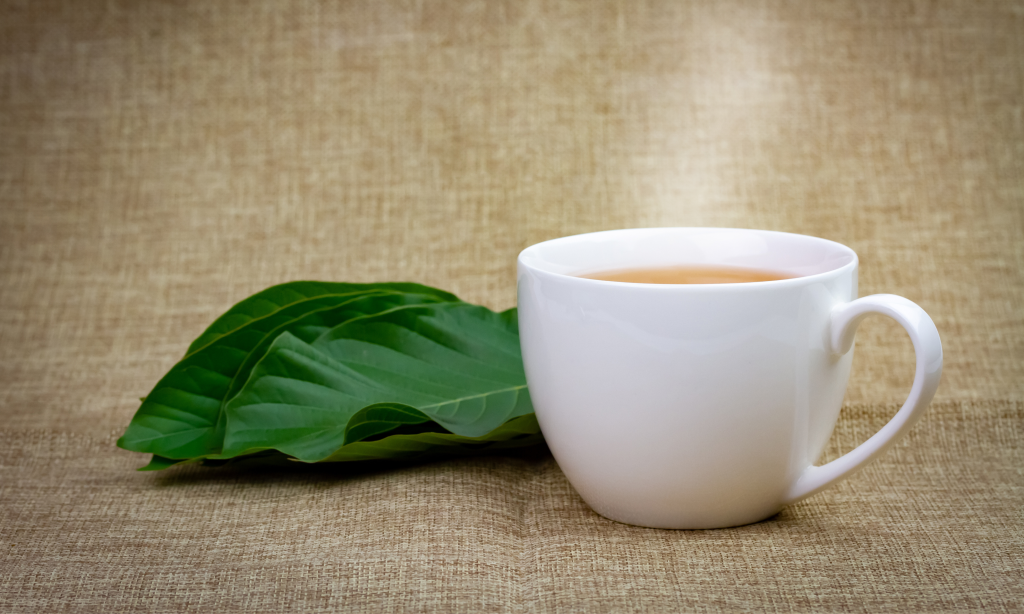

How to Make Kratom Tea:
Red Bubble Method
It’s possible to make a kratom tea without even heating water. It’s not as instant a method, but those who swear by it claim it may be the best method to get the most out of your kratom. It involves freezing kratom to extract the active compounds. It is called “red bubble” approach due to the red bubbles that appear in the ice. This is believed to be related to the cell wall bursting. In short, without getting too technical, the same reason you can’t refreeze meat or vegetables to get the same quality is the reason freezing effectively releases alkaloidal material in the ice.
Using lemon or lime juice or some citric acid is recommended to enhance the extraction process. The website Epic recommends using two tablespoons of lemon or lime juice or around 160mg of citric acid powder. Epic supports freezing for at least half an hour, but others say they leave it in the freezer overnight or at least 6-8 hours. One thing that is commonly mentioned though is that it works best when you’re using a flatter (freezer safe) container. You want just enough water for a “muddy” or sludgy consistency.
The site also warns people are trying it to measure by weight using a scale rather than volumetric dosing. Depending on the grind of the powder, humidity in the air and other factors a teaspoon-sized spoon versus a baking measurement calibrated teaspoon and weighing out your dose could lead to mixed results. Considering specific anecdotal reports that red bubble makes the kratom much more potent, this should be taken into account your first time.
Kratom Tea Pros And Cons
It’s more quick and convenient to toss and wash a spoonful of kratom down as your daily dose, but there are also cases where Kratom tea might be more comfortable. If you keep it refrigerated, it’s possible to make up a couple of days worth of kratom tea. Citric acid may help preserve the Kratom tea for another couple days. If you do save your kratom tea, remember that getting rid of as much sediment as possible will cut down on the increasingly bitter taste that may occur if you leave powder sediment at the bottom.
As with most teas, over brewing, it will make it much more bitter without necessarily increasing the strength of anything but the taste. Another issue is storage. Like any other tea, you’ll want to keep it refrigerated and consume within a few days after making. But, also like soup or other drinks, you can save some frozen and ready to thaw as well.
Some people claim that drinking kratom tea offers more of a stimulating effect than toss and wash. This bit of anecdotal observation could be a pro or a con depending on your needs and desires. The difference in impact many have reported is considered to be potentially related to specific compounds in kratom being more fat-soluble than water-soluble, which we mentioned earlier. This is mostly theoretical and anecdotal presupposition, but the addition of coconut milk or MCT oil might theoretically assist in absorption if you’d like to test that as a workaround to this issue.
Dosage
Kratom tea dosage is based on multiple factors, how you make it, your experience with kratom, whether you use it regularly and what your tolerance is as well as whether you’re taking it on an empty stomach or with or after a meal. Most people have noticed that kratom is most potent on an empty or near-empty stomach, but having it with a bit of food may cut down on potential nausea.
Also, recall that for most types of kratom, a small dose will be more stimulating and larger doses more sedating. Of course with healthy red veins from Borneo and Bali, you’re still not going to get much energy just like with a white vein Thai or Green or white Sumatran leaf powder.
The stimulating and energetic quality of the leafs will still be quite apparent in larger doses, but as a general rule smaller doses will be less sedating and larger doses more so even if overall you don’t experience much of a stimulating effect from the kratom.
A threshold dose would probably be around 1-2 grams for a person with little or no tolerance to the plant’s effect. Moderate effects might be about 2-4 grams depending on the dosage where the stimulation or sedation of the effect will depend primarily on the color and region of leaf powder you are using.
Five or more grams would be a much stronger dose with more sedative and analgesic properties resulting.
As mentioned before, if you add potentiating herbs (MAO-i’s like velvet bean or Syrian Rue for instance), additives to assist in extraction or absorption (like lemon juice or coconut milk or oil) or use it on an empty stomach or alongside other medications or while using alcohol you could end up overdoing it, so always start small and titrate up as necessary.
If you are using any over-the-counter or prescription medications for any existing condition or under a doctor’s care, consult your medical practitioner before adding kratom Tea or any other herbal tea to your wellness regimen.


Jennifer Kurtz is a founder of KratomGuides.com and studied medicine at the New Jersey School of Medicine (Rutgers). She is passionate about developing her knowledge of Kratom, and nutritional supplements. In addition to attending medical webinars and conferences, she loves to write research-based articles for magazines, healthcare professionals, and medical agencies. Jennifer is always looking to develop her knowledge for the Kratom through scientific researches and frequently asked questions of customers looking to buy kratom from reliable sources.













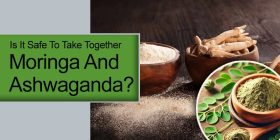

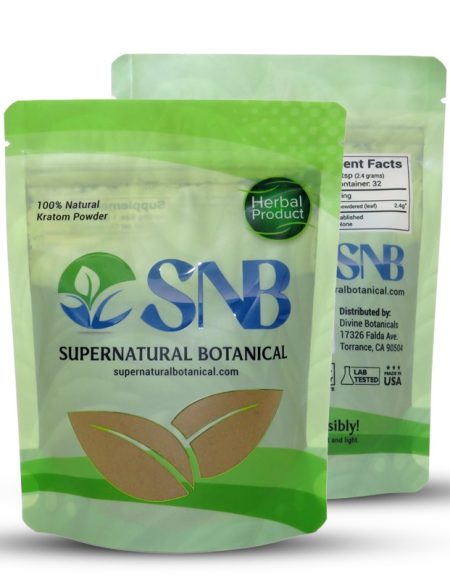
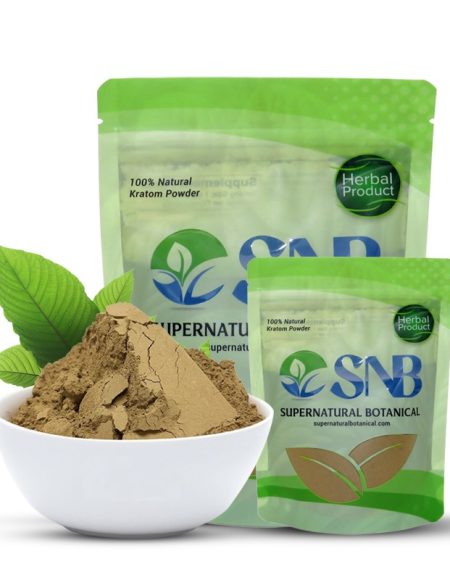
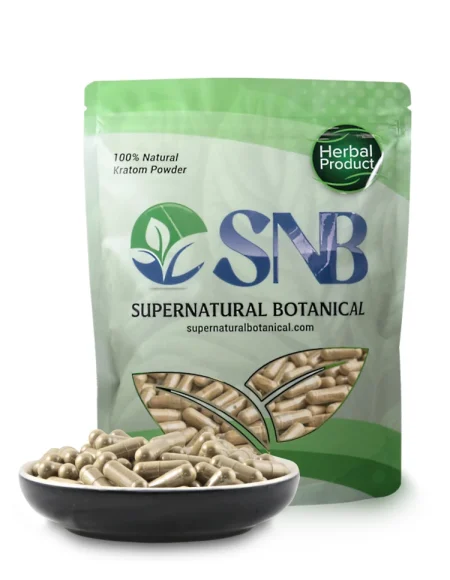
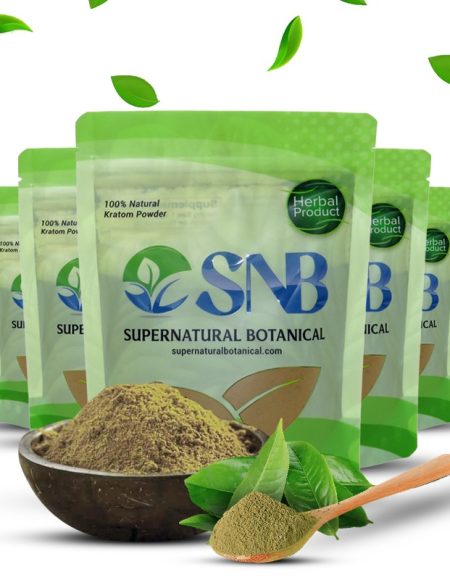

weight loss transformation